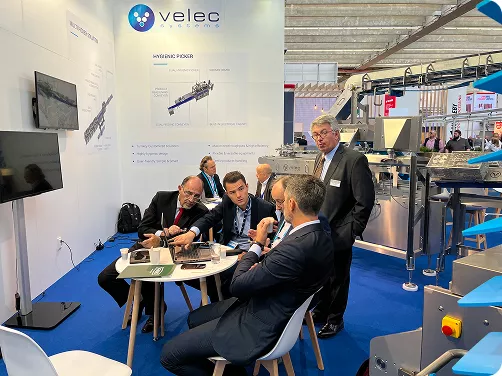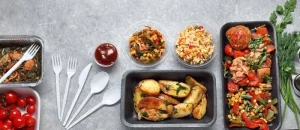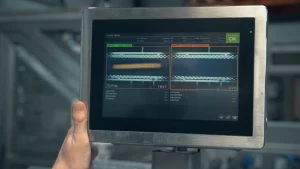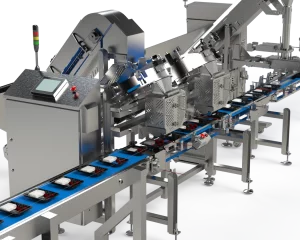Pet food producers are required by law to register their pet food businesses. These are the guidelines you should know about.
Ingredients
The Association of American Food Control Officials (AAFCO) has specific requirements for ingredients for specific animals. Pets need to receive safe and nutritional food. You and the people you work with need to have the skills required to meet these needs. You could also use recipes but be sure to check that the ingredients follow the AAFCO standards. Some books and guides may come in handy too. Look for books on animal nutrition and the specific type of animal you are going to cater to.
Labeling Guidelines
The purpose behind labeling and packaging is to make your brand grab the customer’s attention and beat your competition. Food labeling has to be truthful and not mislead customers in any way. You should also ensure that all ingredients used in the facility that is manufacturing the dog food are listed. Labeling is important as food allergies can be an issue for certain pets. The AAFCO has a guide for pet food and specialty pet food that features the full rules needed for labeling pet foods.
Registration Process
Registration is necessary for your company to be legally compliant. The process necessary for the registration will depend on the size of the business and state. The licenses required for a pet store business are also necessary for permission requirements. You need to check with your local licensing office for this. All pet food labels should include the brand name, the type of animal the food is for, the quantity of food, and analysis. Certain states have a list of health and safety standards that you may be required to follow. Make sure that all licensing compliances are taken care of before opening your business to prevent legal issues from arising.
Registration Exemption
Cat and dog food are exempt from a Commercial Feed License. If you are selling food for animals other than a cat or a dog, you will require a commercial feed license. You don’t have to register the products, however labeling laws need to be followed.
We provide packaging equipment for your pet food business, giving you one less thing to stress over for your startup. Give us a call and we’ll help you out!



